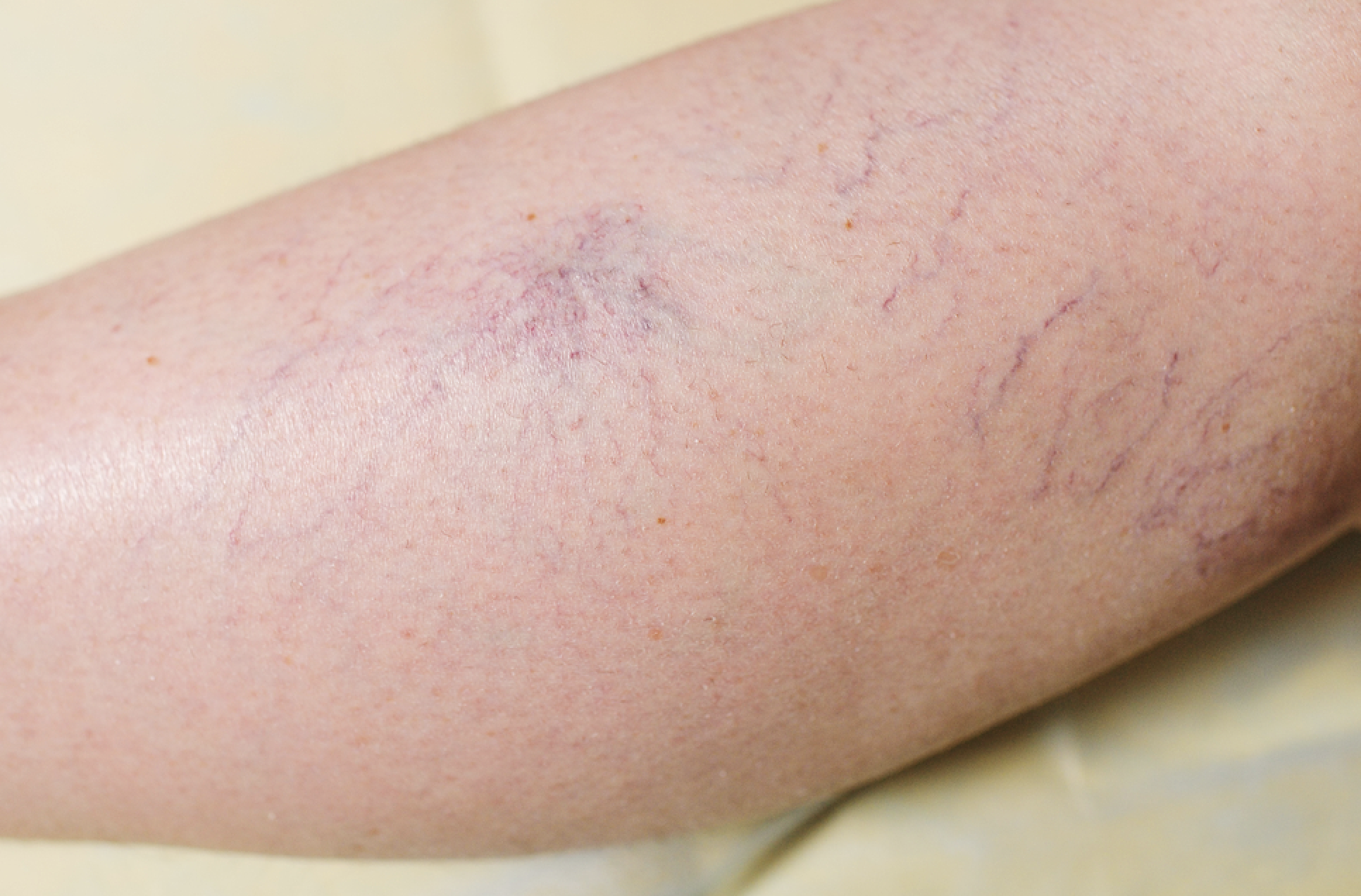SCLEROTHERAPY – THE SAFE, RELIABLE AND SUCCESSFUL TREATMENT TO REMOVE THREAD VEINS ON LEGS
London Dermatology | 21 December 2024
You will understand how annoying broken veins, often called spider veins, may be if you have them. They might appear in all those areas you don’t want to hide. Spider veins appear on the skin’s surface as tiny, wavy, purple or red veins that are located immediately beneath the skin and have been harmed by trauma or pressure.
Although thread veins are not painful or dangerous, they can be ugly and give the impression that we are older than we actually are, especially if they are visible on exposed skin. Although spider veins usually occur as we age, they can occasionally begin to show earlier, particularly if we stand a lot or put weight or strain on particular body parts. Spider veins can also be brought on by extreme temperatures and a genetic predisposition to them.
A minimally invasive treatment that works well for vascular abnormalities like thread veins is “micro”-sclerotherapy. Blood artery and lymphatic system abnormalities are treated using this treatment.
The vessels are carefully injected with a substance called a sclerosing agent, which causes them to collapse and adhere to one another. They diminish and essentially vanish as a result of this compressing process, giving the appearance of smoother skin.
Sclerotherapy is a safe and well established treatment for thread veins of the legs. It has been used for more than fifty years.
Sclerotherapy is the only reliable and successful treatment for leg veins. Thread veins are unsightly, small or very small, abnormally dilated blood vessels. They are red/blue in colour and lie very close to the surface of the skin. Treatment involves injecting a solution using a very tiny needle, superficially into the veins (it is not painful). This causes the lining of the vein to become sticky and swell.
A compression dressing is then applied. Compression is very important as it helps to provide a better long term result. Improvement in the veins can usually be seen at six to eight weeks. For best results at least two sessions are necessary.

